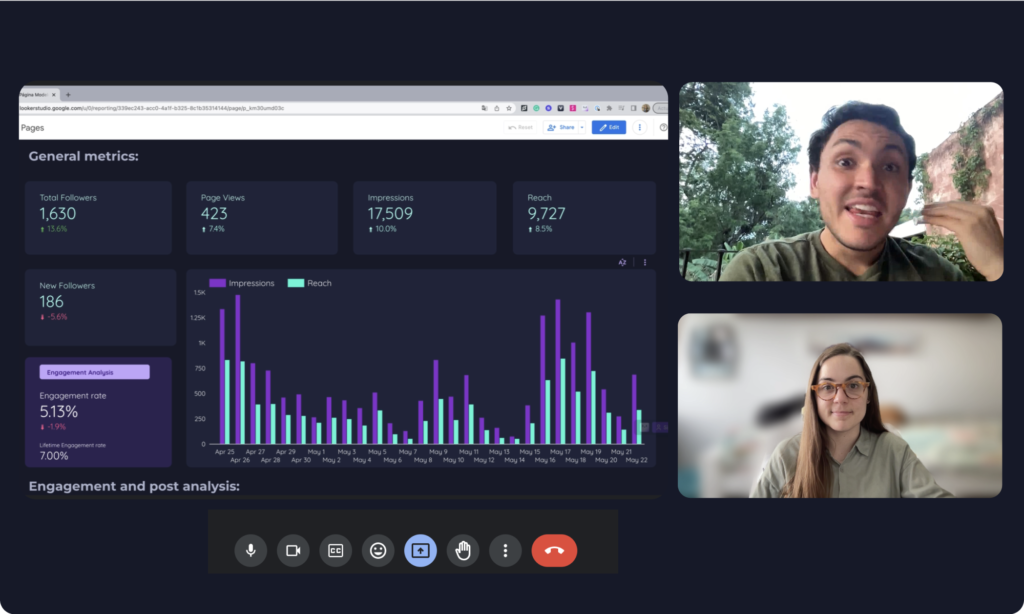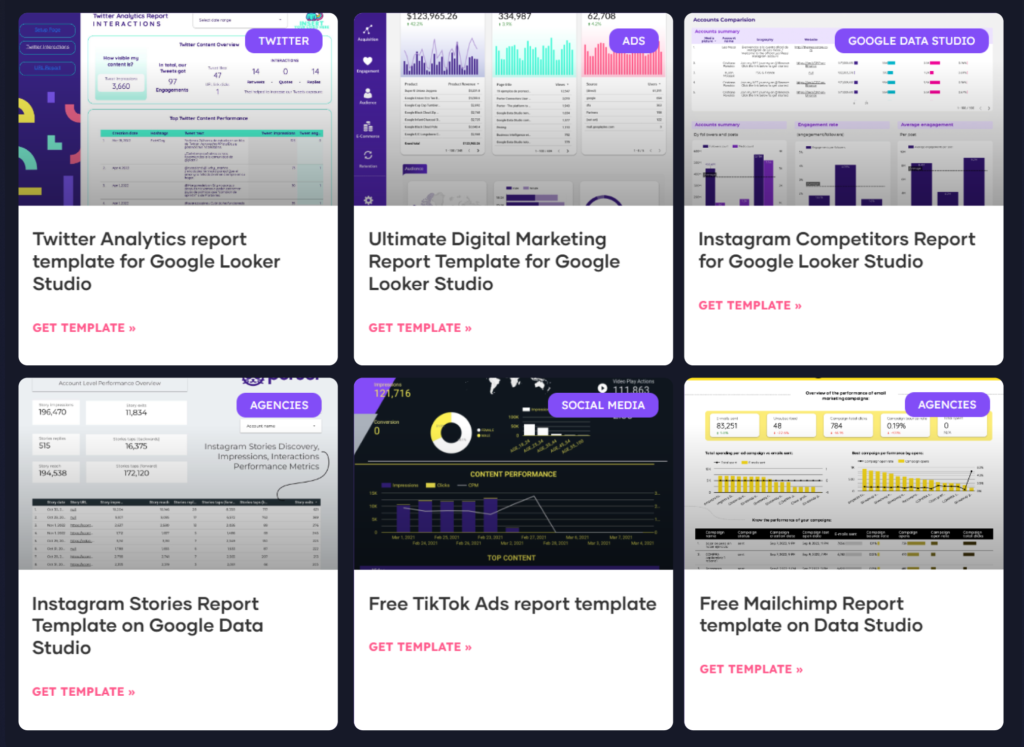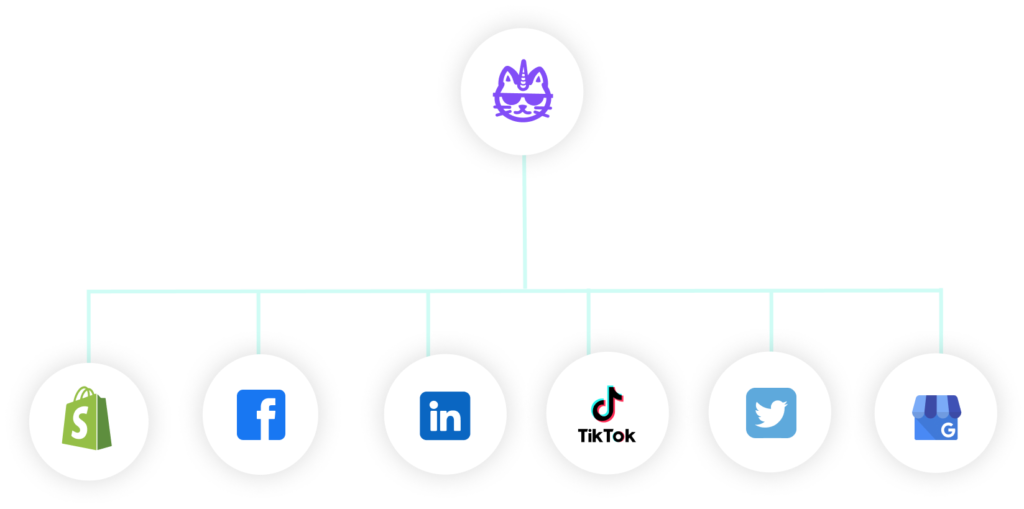Import your Facebook Competitors data on Google Sheets.
Always updated. No copy-pasting.
Trusted by +1,400 marketers
Import all your Facebook Competitors data
All the fields from your competitors pages info hourly, daily, weekly.
Page
Name, category, about, link
Visibility
Reach, impressions, how much people is talking about each page, followers
Post
Images, copy, content type
Engagement
Reactions, shares, ratings, page likes, comments
How to set it up
Set up once, and let your data be refreshed every day
To integrate Facebook Competitors data to Google Sheets, follow these steps:
- Step 1: Install the Google Sheets add-on.
- Step 2: Connect your and your peers facebook pages with access to your Ad accounts.
- Step 3: Set up a query defining ad accounts, date range, metrics, and dimensions.
- Step 4: save your queries and schedule data refreshes hourly, weekly, or daily.
Blend your cross-channel data
to get accurate social listening, benchmarking indicators in a single source of truth.
Like Instagram insights, Facebook insights, to get a complete picture of your brand performance compared with peers
To get total of reach, rating, followers, engaments, likes
Your content, type, pages categories, and solve annoying data discrepancies fast discrepancies fast
To avoid the 90-day historic data limitations from the API
Monitor your Facebook Competitors performance
To reach your goals, align your team, and tell when things are working or not.
Set alerts and notifications
connect with Zapier or Make.com to send email or Slack alerts
Visualize your funnel
Blend with other social media channels KPI's to get the most completed reports with share of voice data
Filter and segment
by competitors page, content, date, how many user are talking about
Set and visualize goals
By adding columns to track progress towards objectives
Share and present reports and unlock AI
to influence your team or clients
Connect to Google Slides, Canva, or Graphy
For beautiful presentations with real-time data
Sync with Google Looker Studio or Power BI
and present your data on interactive dashboards, without the stability/speed limitations of connectors
Let AI give insights from your data
Use Open AI or Bard to give you analysis summaries
How Porter is different
Unlimited, free support via chat, email, and calls
We hire marketers to do customer support or book calls with our founders to personally:
- Set up or fix reports
- Train you (and your team) on Looker Studio
- Give you recommendations

+100 free templates and tutorials
Learn everything about Google Looker Studio and how to win with your marketing data—or nothing, with templates.

Simple, fair pricing
- Only pay for accounts connected to your reports
- 14-day 100% refund + keep the service free*
- Free custom reporting service, training, and premium templates for annual plans

Unsolicited, actual customers’ words
Porter makes your marketing team faster
Speed is doing the right things fast. Make it your competitive advantage with no-code data.

